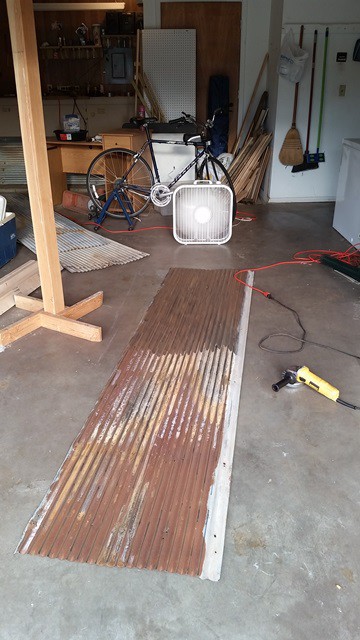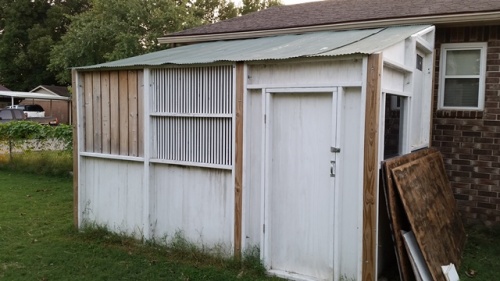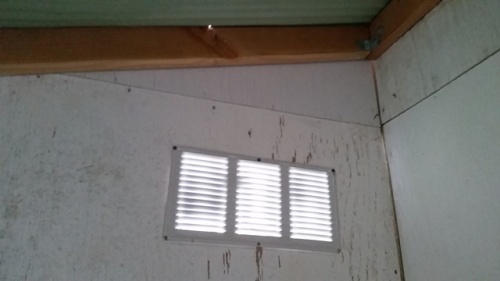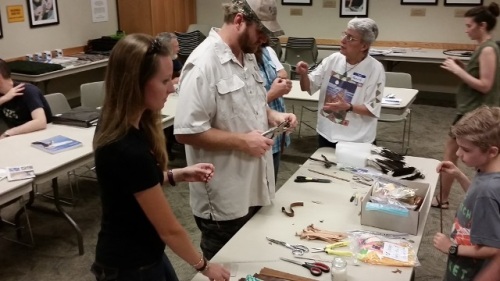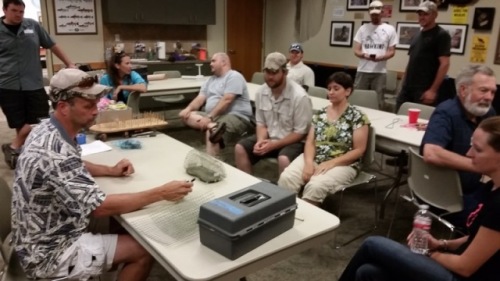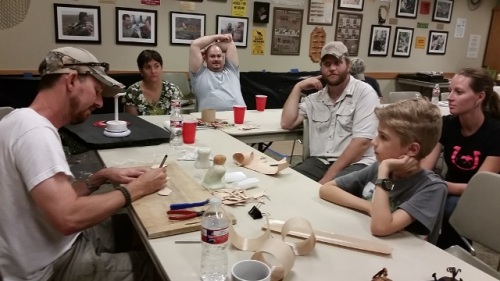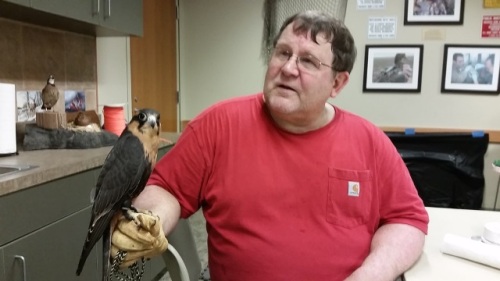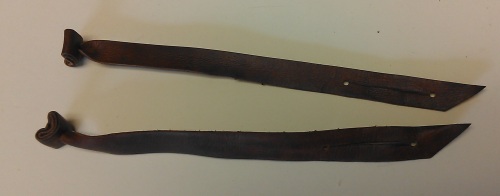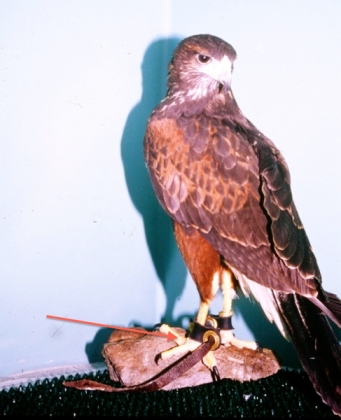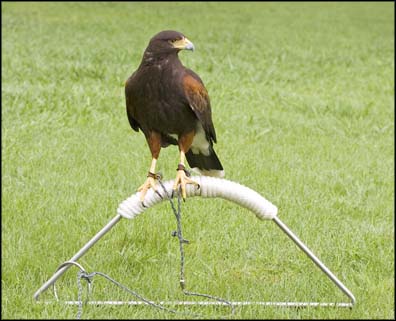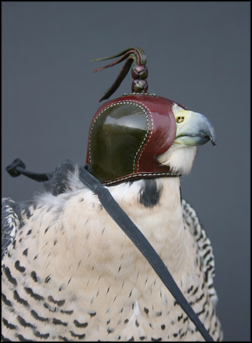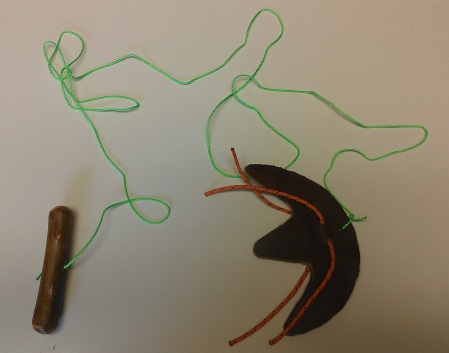Jebe weighed 1195.5g the day I trapped her. Since then it’s been a waiting game as she drops weight. The second day I found a 22g casting that was made of fur and grasshopper legs. She weighed 1145g, so had dropped 30g after taking the casting into account. She had healthy looking slices, with brown fecal material and no specks of blood. Over the next few days she continued to drop around 30 grams every night and had multiple slices per day. On the fifth day she started dropping 16 to 25 grams per night and her slices became smaller and green as she ran out of food to process and unused bile started coming through.
That trend kept up until today. I weighed Jebe tonight, expecting her to be around 950g as she’s been at 976g yesterday. She was unexpectedly heavier and weighed 1026g. Her response to tidbits, even though she hasn’t jumped to the fist yet, is markedly lower than yesterday – while yesterday she could barely stop herself from jumping today she barely gave the tidbit a second glance. In retrospect, the bow perch was in the middle of the mews while it was closer to the wall this morning and the falconer’s knot that secured her to the perch was really tight. The only thing I can figure is that a mouse or some other small animal got into the mews and she drug the bow perch to get at it. I guess tomorrow’s mutes and any casting will tell the tale.
I’ve been told by a few experienced falconers, my sponsor included, not to weigh a wild-trapped bird until it first jumps to the fist. While this is probably an anomaly (eg, catching something in the mews), it seems like a good reason to at least take note of daily weight prior to jumping to the fist.
Also, it goes to show that the mews should be well secured no matter where you live. I assumed that since I live in the middle of suburbia and have two dogs that nearly always outside in the fenced yard I wouldn’t have problems with small mammals or venomous snakes. Obviously I was wrong, though I still don’t think I have to worry about copperheads or rattlesnakes.

